In the vast, frozen expanse of the Arctic, where the sun barely rises in winter and the ice stretches endlessly, the Inuit people have long shared their world with a creature of immense spiritual significance—the polar bear. Known as Nanuk in Inuktitut, the polar bear is not merely an animal but a revered entity, a bridge between the physical and spiritual realms. For centuries, the Inuit have viewed Nanuk as a guardian, a teacher, and a symbol of resilience in one of Earth’s most unforgiving environments. This deep connection transcends survival; it is woven into the fabric of Inuit cosmology, storytelling, and daily life.
The relationship between the Inuit and the polar bear is one of mutual respect and profound symbolism. Unlike Western perceptions that often frame the polar bear as either a fearsome predator or a victim of climate change, Inuit traditions recognize Nanuk as a sentient being with a soul, capable of understanding human intentions. Hunters speak of the bear as a willing participant in the cycle of life, offering its body to sustain the community while its spirit returns to the Arctic’s spiritual landscape. Rituals and taboos surround the hunting of Nanuk, ensuring that the act is done with humility and gratitude. The bear’s skull, for instance, is often placed on a platform facing north, a gesture of respect to honor its journey back to the spirit world.
Stories passed down through generations depict Nanuk as a shapeshifter, a being that can shed its fur to walk among humans as equals. These tales are not mere folklore but lessons in coexistence, emphasizing the bear’s intelligence and power. In one legend, a hunter who disrespects Nanuk is led astray on the ice, while another who shows reverence is gifted with wisdom. Such narratives reinforce the idea that the Arctic is a shared space, where humans and animals are bound by unseen threads of reciprocity. The polar bear’s strength and adaptability mirror the qualities the Inuit must embody to thrive in their homeland—patience, endurance, and an intimate knowledge of the land.
Climate change has irrevocably altered the Arctic, threatening both polar bears and the Inuit way of life. As sea ice melts and hunting grounds shrink, Nanuk’s movements become unpredictable, forcing encounters between bears and communities into uncharted territory. Yet, even in this crisis, the spiritual bond persists. Inuit elders observe that the bears seem thinner, more desperate, but no less sacred. Modern conservation efforts often clash with traditional knowledge, as external policies sometimes ignore the nuanced understanding Inuit hunters have of bear behavior. The tension highlights a broader struggle: how to balance ecological preservation with cultural survival in a rapidly warming world.
For the Inuit, Nanuk remains a symbol of what it means to live in harmony with nature’s harshest truths. The bear’s presence in dreams and visions is seen as a message, a call to remember ancient wisdom in times of upheaval. Scientists may study the polar bear as an indicator species for climate change, but to the Inuit, it is a spiritual lodestar—a reminder that survival is not just physical but spiritual. As the ice retreats and the world turns its gaze northward, the story of Nanuk and the Inuit offers a poignant lesson: that resilience is born not from dominance, but from respect for the forces that shape our existence.
The legacy of Nanuk endures in art, song, and the quiet conversations of hunters on the ice. Carvings from whalebone or soapstone capture the bear’s essence, frozen in mid-stride, as if moving between worlds. Children learn its stories alongside lessons in sewing sealskin or reading the wind. In a time when the Arctic’s future is uncertain, the polar bear’s spirit—unyielding yet deeply connected to humanity—serves as both a warning and a guide. The Inuit, who have weathered countless storms, understand this better than most: to survive the Arctic is to listen to its voices, and none speak more clearly than Nanuk’s.

By /Jul 7, 2025
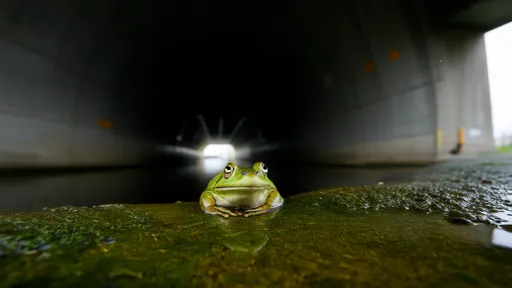
By /Jul 7, 2025

By /Jul 7, 2025
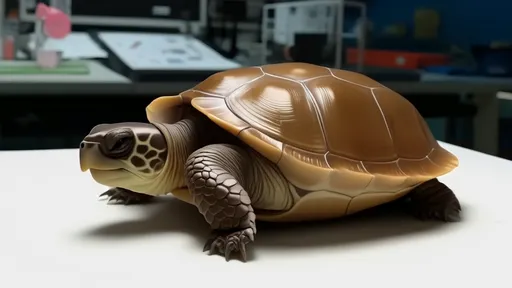
By /Jul 7, 2025
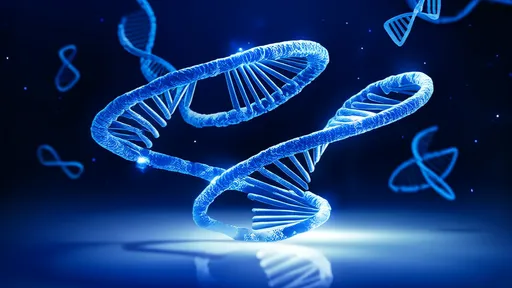
By /Jul 7, 2025

By /Jul 7, 2025
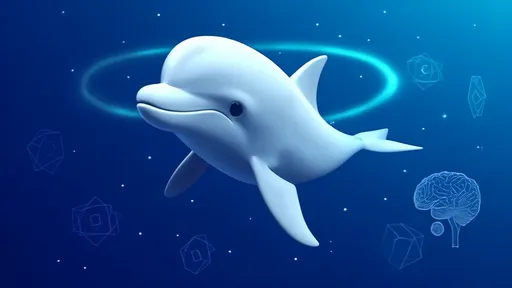
By /Jul 7, 2025

By /Jul 7, 2025
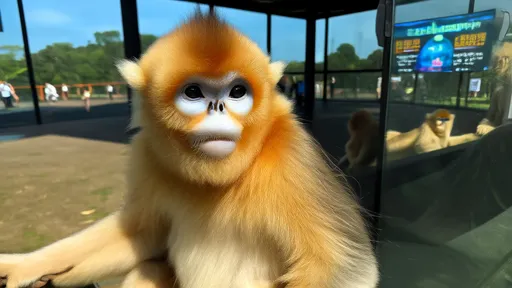
By /Jul 7, 2025
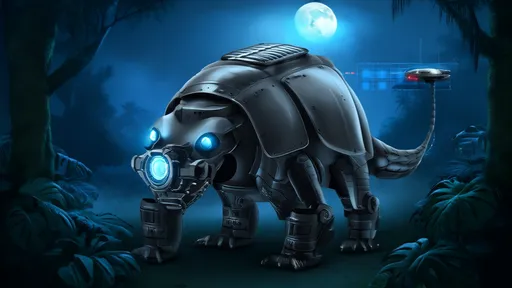
By /Jul 7, 2025
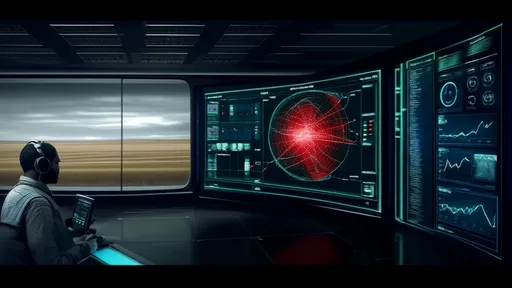
By /Jul 7, 2025
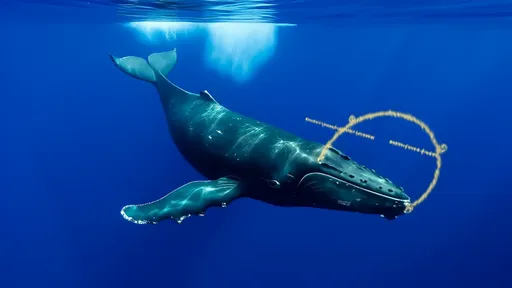
By /Jul 7, 2025
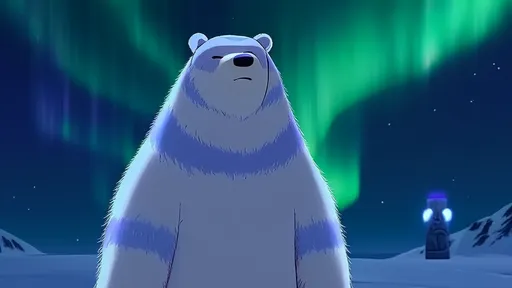
By /Jul 7, 2025
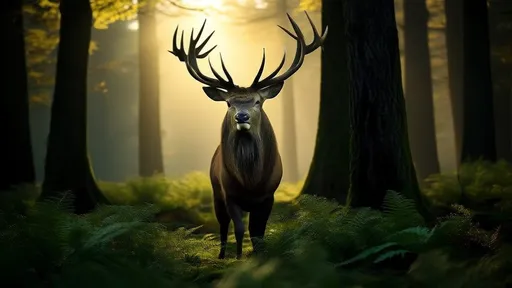
By /Jul 7, 2025
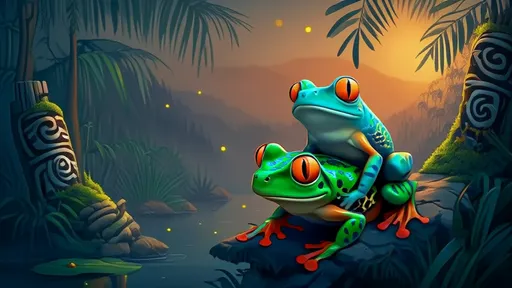
By /Jul 7, 2025
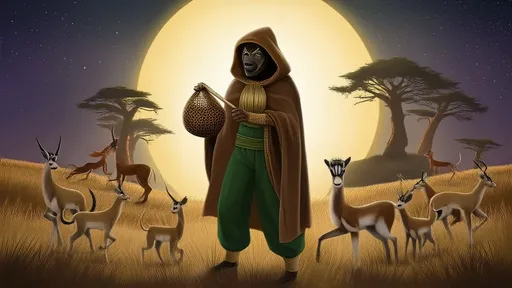
By /Jul 7, 2025
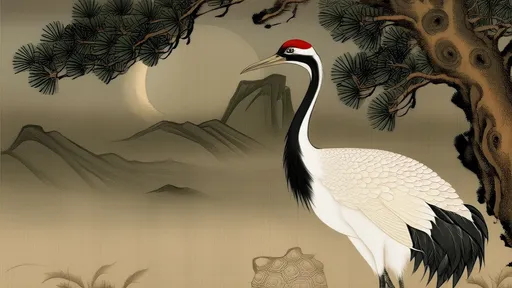
By /Jul 7, 2025
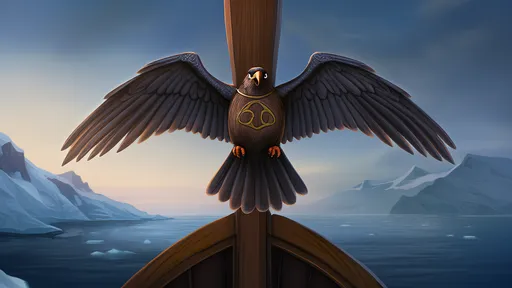
By /Jul 7, 2025